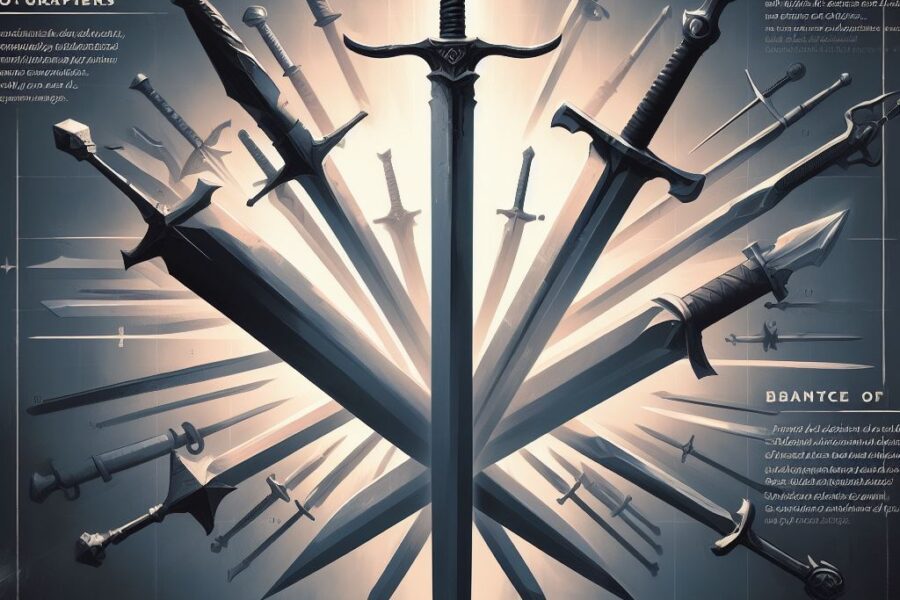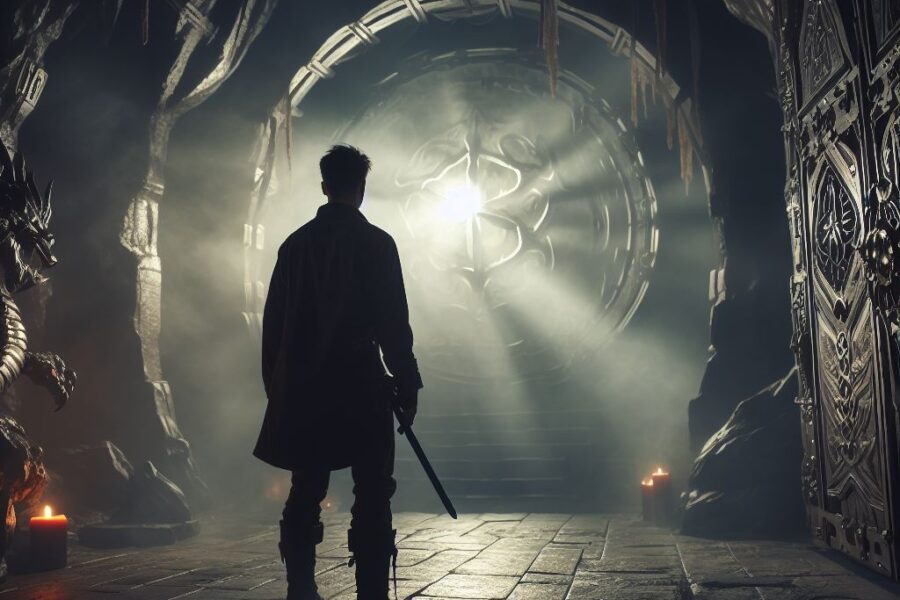
Clerics are the champions of deities using their powers to aid friends and fight against enemies. This article will explore the features of the cleric class including their abilities, spellcasting options subclasses and roleplaying aspects. Whether you’re a player or a veteran gamer this guide will assist you in understanding the nuances of playing a cleric in your upcoming D&D adventure.
Table of Contents
- Understanding the Cleric Archetypes
- Core Traits of the Cleric
- Spellcasting Mechanics
- Channel Divinity
- Ability Score Improvements
- Subclass Options
- Roleplaying Your Cleric
- Frequently Asked Questions
Understanding the Cleric Archetypes
When creating your cleric it’s important to think about the various archetypes that exist. Each archetype comes with its own set of skills and gameplay styles that can influence how your character fits into the team.
- Warrior Priest: Dons heavy armor and martial weapons, engaging directly in combat while supporting allies.
- Healer: Focuses on mending wounds and supporting allies through healing spells.
- Blaster: Channels divine energy to unleash powerful spells against foes.
In the D&D multiverse players have the freedom to combine these archetypes creating unique character configurations that draw inspiration, from the diverse array of gods and belief systems present.
Core Traits of the Cleric
The cleric class comes with unique characteristics that impact how the game is played. Here’s a summary:
- Primary Ability: Wisdom is the key ability for clerics, powering their spellcasting and determining spell effectiveness.
- Hit Points: Clerics have a hit die of d8, making them tougher than some spellcasters but not as durable as frontline fighters.
- Proficiencies: Clerics are proficient in simple weapons and medium armor, allowing for flexibility in combat roles.
Spellcasting Mechanics
Clerics, being spellcasters have a wide range of spells at their disposal. They start off with three cantrips and two first level spell slots and can eventually progress to casting up to ninth level spells.
In gameplay wisdom plays a role, in setting your spell save DC and spell attack bonus. The clerics spell repertoire provides options giving players the chance to choose different spells after each extended rest. This adaptability allows clerics to customize their spell choices according on upcoming obstacles.

Channel Divinity
Clerics, at their level, gain access to the Channel Divinity ability which lets them tap into power for different purposes. Some available choices are:
- Divine Spark: Heal or damage an enemy.
- Turn Undead: Present a holy symbol to frighten and incapacitate undead creatures.
Every cleric specialization offers extra Channel Divinity choices that boost their distinctive powers.

Ability Score Improvements
Clerics get boosts to their stats when they reach levels four, eight, twelve and sixteen. This gives players the chance to tailor their characters abilities. It’s important for players to find a balance between Wisdom and Constitution to ensure durability, in combat roles.
Subclass Options
When they reach level three clerics choose a specialization that shapes their skills and spell choices.
- Life Domain: Ideal for healers, granting essential healing spells and enhancing their potency.
- Light Domain: Focused on damage-dealing spells, perfect for clerics looking to unleash divine wrath.
- Trickery Domain: Offers spells for illusion and control, creating a unique playstyle.
- War Domain: Designed for warrior priests, featuring combat-focused spells and abilities.
Every subclass offers benefits that suit various gameplay preferences and team setups.

Roleplaying Your Cleric
Playing the role of a cleric can be incredibly fulfilling. Here are a few inquiries to ponder upon while crafting your character:
- How did you choose your deity? Did you grow up in your faith, or did you discover it later in life?
- What are your morals and virtues? What objects are sacred to you?
- What rituals or traditions do you observe?
- What is your cleric’s relationship with other gods and religions?
These inquiries can aid in developing your clerics history and driving forces adding depth to their character within your storyline.

Frequently Asked Questions
1. What is the best way to build a cleric?
Prioritize boosting your Wisdom, for spells based on your party role. Select a subclass that suits your preferred approach, whether it’s supporting with healing, dishing out damage or engaging in combat.
2. Can clerics use heavy armor?
Indeed clerics are skilled, in wearing armor and they can also obtain proficiency, in armor through certain subclasses like the War Domain.
3. What are some essential spells to consider for a cleric?
Important spells consist of Blessing, Healing Melody, Divine Strike and Resurrection. These spells offer vital assistance and offensive capabilities, in different scenarios.
4. How does spell preparation work for clerics?
Clerics have the ability to modify their spells after each extended break enabling them to tailor their spell selection to meet the demands of upcoming obstacles and situations.
5. Are clerics versatile in combat?
Absolutely, clerics can take on roles in battles. They can be healers, deal damage or even be on the front lines based on their subclass and the spells they select.
This guide gives you everything you need to create and play a cleric in your D&D 5e game. Embrace your characters divine abilities and have fun exploring the exciting quests that lie ahead!






